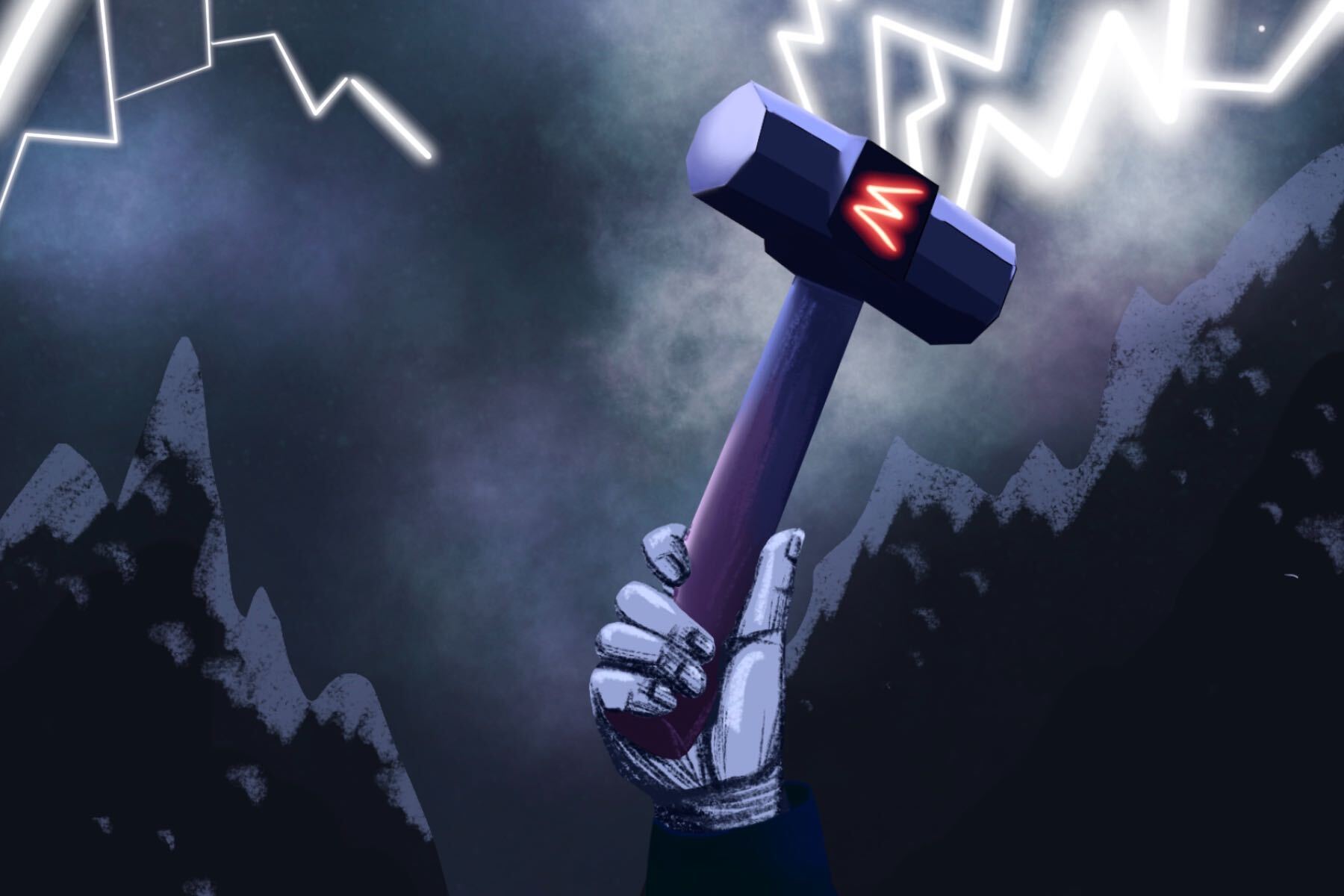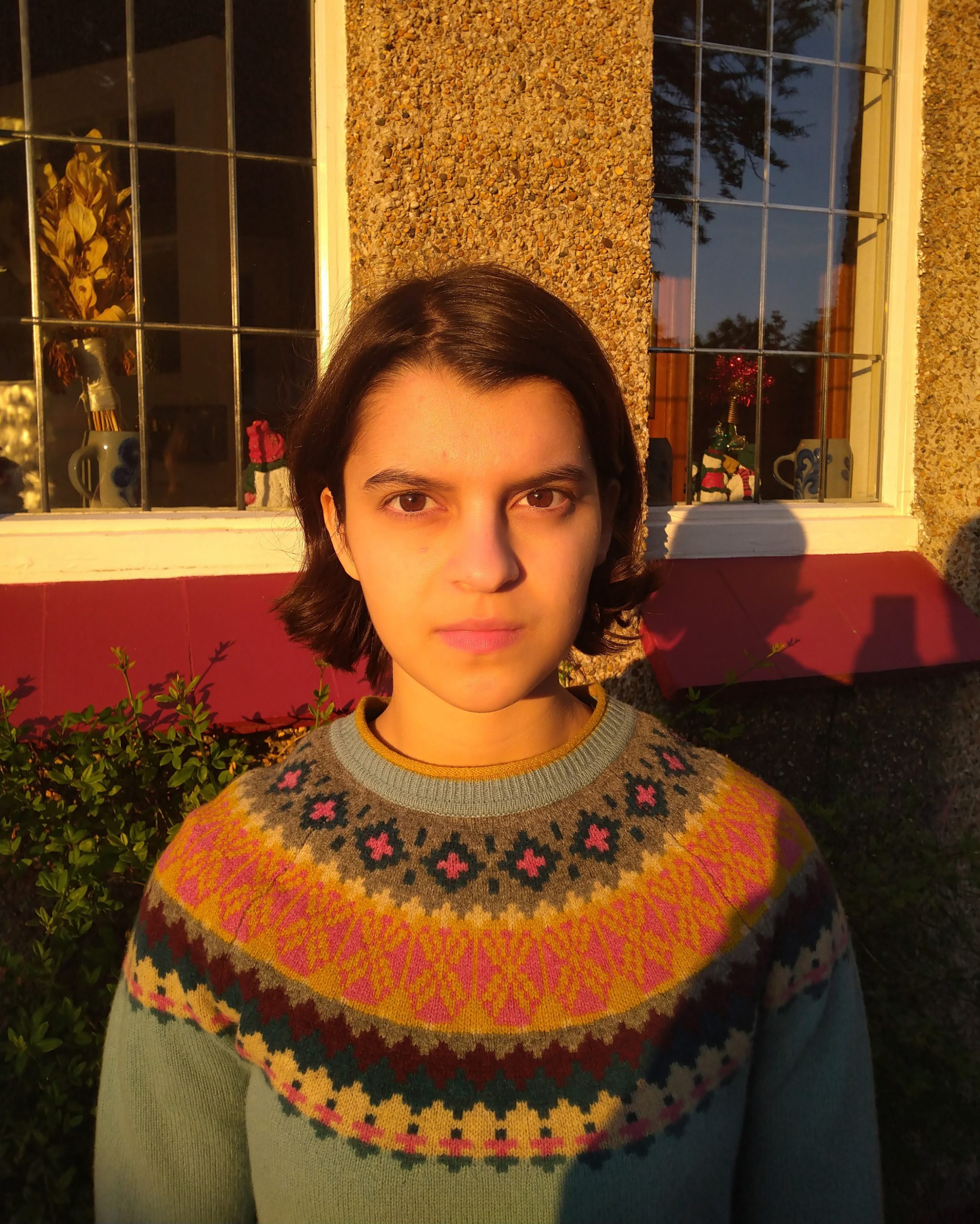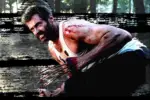We’ve seen countless iterations of Norse mythology in pop culture before, from Rick Riordan’s children’s fantasy series “Magnus Chase” to Neil Gaiman’s clearly labeled reworkings of the ancient myths from the north, “Norse Mythology.” Comic book giant Marvel even managed to turn epic tales about gods and monsters into silly superhero antics in the mediocre “Thor” movie trilogy, not including “Thor Ragnarok” — we can thank Taika Waititi for making one of Marvel’s best films.
As fresh as these adaptations appear, they all share one key similarity: They’re in English, written by American or British writers. That’s where “Ragnarok” differs, the first Scandinavian representation of Norse mythology to come into the mainstream.
“Ragnarok,” Netflix’s second Norwegian-language series, premiered in late January this year. It follows the story of dyslexic teenager Magne Seier, who moves with sardonic younger brother Laurits and single mother Turid to the town of Edda, only to find the local area plagued by melting glaciers and pollution. At the root of such environmental problems are the Jutul family, the fifth-richest family in Norway who control practically every aspect of Edda.
As Magne copes with typical teenage troubles like being the new kid in school and working on class assignments, he learns that the Jutuls are actually four Jötunn, ancient frost giants posing as a family, and Magne may or may not be the modern incarnation of the god Thor. The climactic chaos and strange occurrences rippling through Edda are not only symptoms of climate change but portend a second Ragnarok, which unlikely hero Magne just might be able to stop.
If the plot sounds slightly familiar, that’s because it is. Aside from its enthralling fantasy aspects, “Ragnarok” is like any other teen drama, complete with stories of unrequited romance, unexpected friendships and a small-town setting.
Upon its release, “Ragnarok” was compared to “Skam,” another Norwegian teen drama series about teenagers in an Oslo high school and the issues that they cope with in their daily lives. Essentially a Norwegian “Skins” but with an added social media slant.
The show is not always successful in its blending of myth and teen drama, which sometimes reaps unintentionally entertaining results. Its cheesier aspects, like using yellow contact lenses for its supernatural characters, or having Vidar strip whenever he is about to kill, led some reviewers to liken it to the odious “Twilight.” Although an unfortunate and unflattering comparison, I wouldn’t say they are entirely unwarranted; after all, the strange dance sequence in the second episode was entirely cringeworthy and nonsensical. The narrative arc of protagonist Magne could even be read as a classic superhero origin story — he transforms from a hulking blond teenager in glasses to a superhuman.
However, “Ragnarok” is the first Scandinavian series to reclaim Norse mythology in the pop culture realm. From the mind of Danish producer and screenwriter Adam Price at SAM Productions, “Ragnarok” is entirely in the fascinating and playful tones of the Norwegian language. If it weren’t for the purely melodic quality of Norwegian, I probably wouldn’t have finished — the English dubbing for foreign language shows is always awful.
Additionally, the setting of “Ragnarok” is uniquely Norwegian, with its events taking place in Edda, a town that derives its name from the 13th-century manuscript “Prose Edda.” It is supposedly the place where the original Ragnarok, the mythical battle between gods and giants, first occurred. Filmed in the real Norwegian town of Odda, most episodes of the show treat us to sweeping drone footage of houses nestled impossibly at the foot of frost-tipped mountains and sparkling fjords.
You would be forgiven for only watching “Ragnarok” for its breathtaking scenery; it is what convinced me to finally watch the series after months of skipping past its cheesy, cliched trailer. A scene from the first episode, where Magne and new friend Isolde hike up Edda’s snowy mountain to visit the glacier, is enough to inflame any quarantined traveler’s wanderlust and make them want to book a flight to Norway.
Nevertheless, although mesmerizing, the beautiful Norwegian setting of “Ragnarok” is not meant to lull viewers into a tranquil slumber, but rather the opposite — to make them aware of more pressing issues like climate change and the destruction of nature that comes along with it.
After all, Isolde and Magne’s hike in Episode 1 is not a showcase of Norway’s alpine splendor but occurs so Isolde can take water samples from the melting glacier. A lone climate activist in Edda, Isolde wants to prove that the water of her town is polluted by the uncaring activities of Jutul industries.
Following her abrupt death later in the episode, Magne continues Isolde’s legacy and takes on the role of activist. He rails against Jutul industries in a school report, shouldering ostracism, threats and school suspension, all to expose the environmental destruction that the mega-rich Jutuls are trying to cover up in Edda.
Here, the environmentalist slant of “Ragnarok” evolves into a more pronounced, if slightly lukewarm, allegory: The real-world corporations responsible for climate change are akin to Norse mythology’s evil, apocalypse-bearing giants, and can only be stopped by a youthful hero.
Price said of his series’s relevance to modern-day issues: “There are a lot of people today, not least young people, who think the world is big and scary, and on the brink of an apocalypse. So, I figured out that people in this world need something to put their faith in. There is a need for the tale of a hero.” That hero would appear to be unlikely teenager Magne.
“Ragnarok” adheres to a fairly stereotypical narrative by its adherence to high school clichés (love triangles, popular kids and outcasts) and the more problematic TV trope of “Bury Your Gays”; the show’s only openly-LGBTQ+ character, Isolde, dies to further Magne’s storyline. The show occasionally lacks in originality, and the connections that it draws between its modern-day protagonists and figures from Norse mythology are somewhat shaky.
Yet, in its blend of teen drama and ancient myths, “Ragnarok” succeeds in crafting a narrative that reclaims Scandinavian folklore from the pop culture horde. The Norwegian series returns Norse mythology to its cultural roots while also bringing current issues our generation faces (like climate change) to the forefront.

















